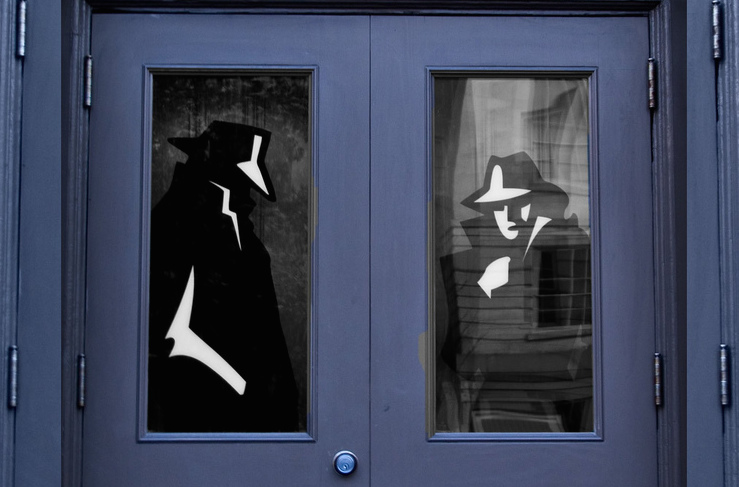Two young reporters, seven cities and a blog on how the press, and the media at large, is changing. Caterina Lobenstein, 29, one of the top thirty young German reporters as voted by Medium Magazine and Amrai Coen, 26, formerly on the editorial staff of the Spiegel in the multimedia department and currently a reporter at Die Zeit, began the Next Media Report project to answer pressing questions about the evolution of traditional journalism in the digital era and to investigate what the future of digital journalism holds. How will news be delivered in the future? How will the news be found? And what profit can be made? They procured intrepid and curious journalists, bloggers, Twitter and social network pioneers in search of answers to these questions, and so from Hamburg they set out for Sao Paolo, New York, Tokyo, Mumbai, Cairo and London.
The project is financed by the Hamburg based company Next Media, part of the Hamburg@work association, and is promoted by the city council in collaboration with over 650 local businesses. Designed to promote discussion and debate on the three major themes of social media, storytelling and crossmedia, the aim of the project is to build bridges between the so-called “old” and “new” media. The investigation into the changes taking place as a result of digitalization originates from the Hamburg@work public-private partnership founded in 1997 to encourage the use of new technology in the information and communication industry as well as to support the development of the media metropolis in Hamburg.
The Next Media blog is an exploration of journalism, in all its forms of expression, across seven different countries and seven unique journalistic cultures. The blog is a multimedia diary detailing innovative projects taking place in the world of information. One such project is the Mural blog, launched in Brazil by Bruno Garcez in 2010. Originally a correspondent for the BBC, Garcez put his career on hold to pursue this project after being awarded the Knight Fellowship scholarship. His blog gives a voice to the millions of poverty stricken Brazilians living on the fringes of Sao Paolo whose stories are often neglected by mainstream media. Over 15 people murdered everyday, children playing in rat-infested parks, over-crowded buses and violence on every corner, of all of which no-one speaks. The Mural blog details social and civil problems that had to be made known.
The project began with an agreement with Folha de Sao Paulo, the largest Portuguese-language paper in Latin America with over 1.5 million copies in circulation. They offered Garcez an office from which he was able to train future bloggers and citizen journalists to record videos, write articles and tell the stories that needed to be told. Initially only 25 in number, there are now close to 100 bloggers and freelancers that write for the Mural, and the blog has been such a huge success that it’s now a regular column in the newspaper. La Folha has acknowledged the Mural’s potential to reach hordes of new readers and as of this year, has agreed to offer the bloggers the same rate of pay for the articles they publish as their regular journalists. What’s more, one of the most talented bloggers, Leandro Machado, has recently received a scholarship from Transparency International to file an investigative report on the Favelas.
While the Mural continues to garner success and an ever-growing readership, its founder Garcez has returned to the BBC in London. If only all new media and e-journalism projects around the world had as much success as his. That’s all from Sao Paolo for now, for more information about Coen and Lobsenstien’s Next Media project, visit their blog. In any case, we’ll be reporting more of their progress soon, highlighting other interesting journalistic projects discovered on their journey.
Article translated from the original Italian “Giro del mondo nel futuro dei media” by Anne Jamieson.
Tags: Amrai Coen, Blogging, Blogs, Bruno Gracez, Caterina Lobenstein, Folha de Sao Paulo, Hamburg, La Folha, Leandro Machado, Mural, Next Media Report, Transparency International











































